The stunning wilderness of the west coast draws many people to the hiking trails of Squamish, BC. Hiking the trails allows for some great wildlife viewing, but also comes with the possibility of encountering dangerous animals. This guide explains which wildlife ‘friends’ you want to see and where to find them in Squamish, as well as the wildlife ‘foes’ to avoid if possible – and what to do in case of an encounter. Being prepared is the key to enjoying our trails safely!
Squamish Wildlife to Enjoy
These are the wildlife that you should look forward to viewing on your next Squamish hike. We have included an overview of the top wildlife-viewing trails, and the birds and animals you can expect to see.
Location: Squamish Estuary Hiking Trails
Image Courtesy of: ©Tennile Sunday, TennileSunday.com
The estuarine environment makes for richly rewarding bird watching. The Squamish Estuary is a highly productive and dynamic ecosystem, providing wintering, migration, feeding and breeding habitats for shorebirds, waterfowl, raptors, passerines and others.
Owl Image Courtesy of: ©Chris McKillican
While hiking, you can expect to see a variety of loons, herons, bald eagles, hawks, hummingbirds, kingfishers, woodpeckers, swallows and finches. Keep your eyes peeled for rarer birds – owls, the Pacific loon and the sharp-skinned hawk.
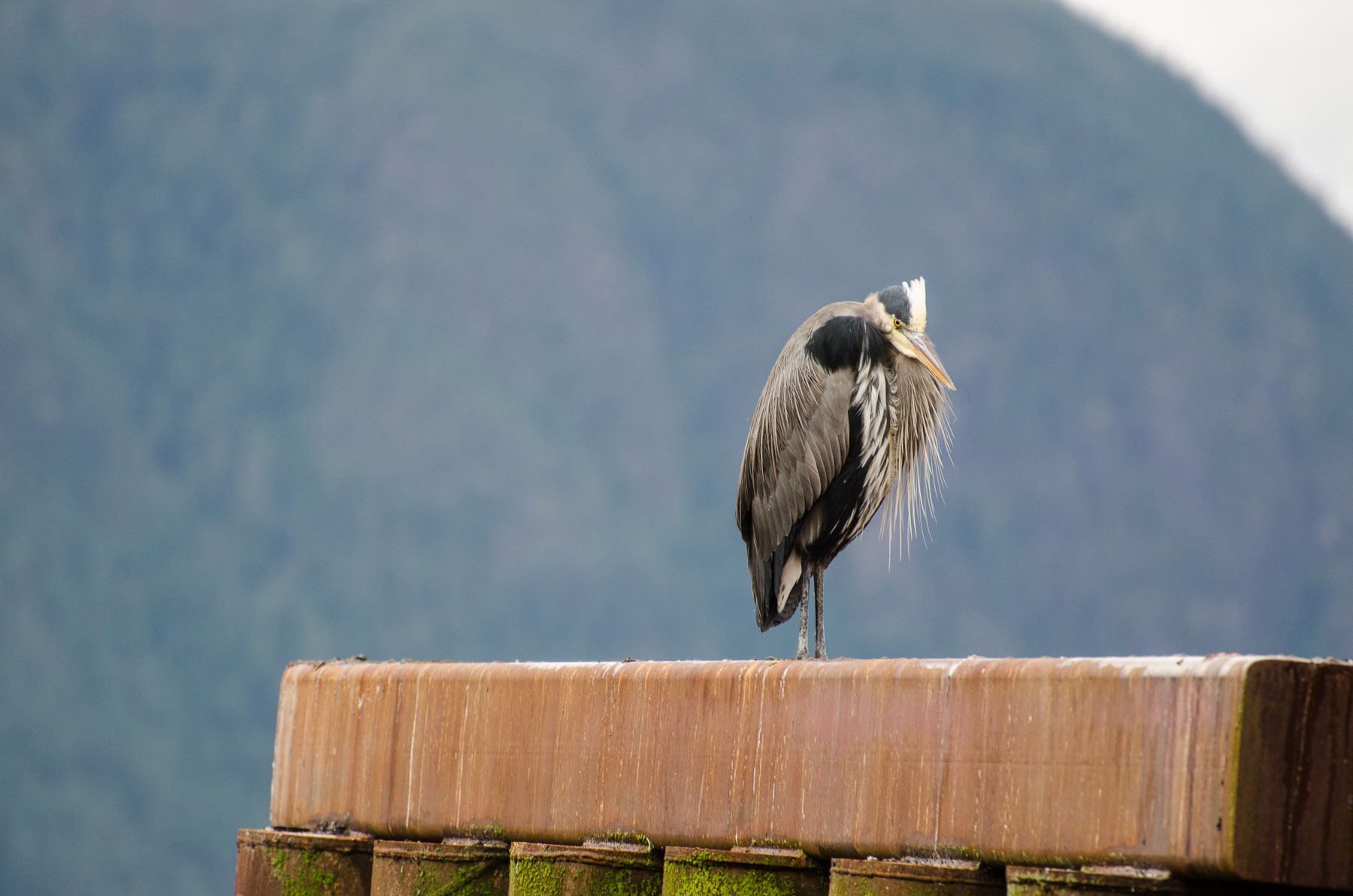
Heron Image Courtesy of: ©Tennile Sunday, TennileSunday.com
The Squamish Estuary also provides a habitat for some species of mammal, such as black-tailed deer, black bear, cougar, coyote, moles, voles, and rabbits. Endangered species found here include the peregrine falcon, marbled murrelet and Keen’s Long-eared Myotis.
Location: The Stawamus Chief
The Stawamus Chief is the world’s second-largest granite monolith and provides a good nesting habitat for the peregrine falcon. Please respect these birds and keep your distance. Be sure to obey posted closures of climbing routes on the Chief during the critical nesting season, and restrict your viewing to the use of a good pair of binoculars.

Location: Brohm Lake Hiking Loop
The Brohm Lake loop is a local favourite, providing scenic views along with a variety of wildlife and plants to enjoy. Many of the western red cedars and douglas fir trees visible from the trail are over 200 years old. All along this trail, the forest creates opportunities to spot merganser, woodpecker and grouse. The southern end of Brohm Lake is a wetland ecosystem, which eagles, osprey and waterfowl use for shelter, feeding, breeding and nesting habitat.
Eagle Image Courtesy of: ©Christopher Martin Photography christophermartinphotography.com
Squamish Wildlife to Avoid
Location: All hiking trails
The top three animals to avoid are bears, cougars and coyotes. Our forest setting means, encounters with wildlife are possible on most hiking trails in and around Squamish. It is wise to make yourself familiar with the following safety tips.
How to stay safe from encounters with wildlife:
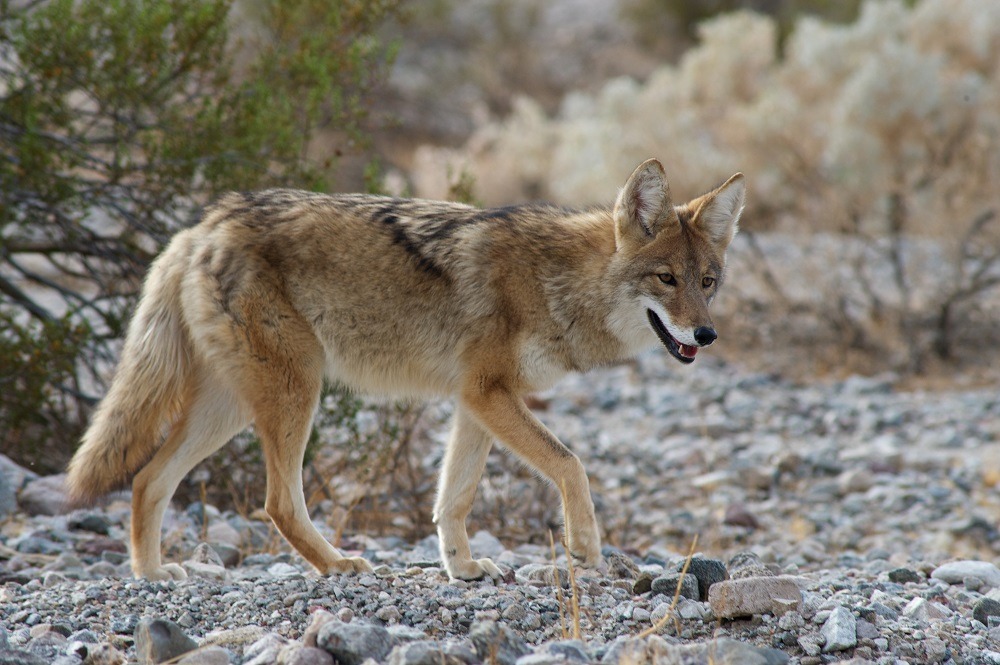
● Make noise and hike in groups. Hiking quietly puts you at a higher risk for wildlife encounters. Put a bell on your dog, always carry a whistle and hike with a loud, chatty friend.
● Be alert to the following signs: claw marks on trees, ripped apart logs, turned over rocks, food piles or circling ravens.
● Keep pets on a leash. Although you may feel safer having Rover with you on your next hike, always keep him on a leash – for your protection and his. Dogs may attract the wildlife to you.
● Pack out what you bring in. Do not leave any empty food wrappers that may attract animals.
BEAR ENCOUNTERS:
Black Bear Image Courtesy of: ©Christopher Martin Photography christophermartinphotography.com
● Stop and stay calm
● Do NOT run or turn your back
● Slowly back away and give the bear space
● Talk calmly and avoid eye contact
● Have your bear spray accessible
COUGAR ENCOUNTERS:
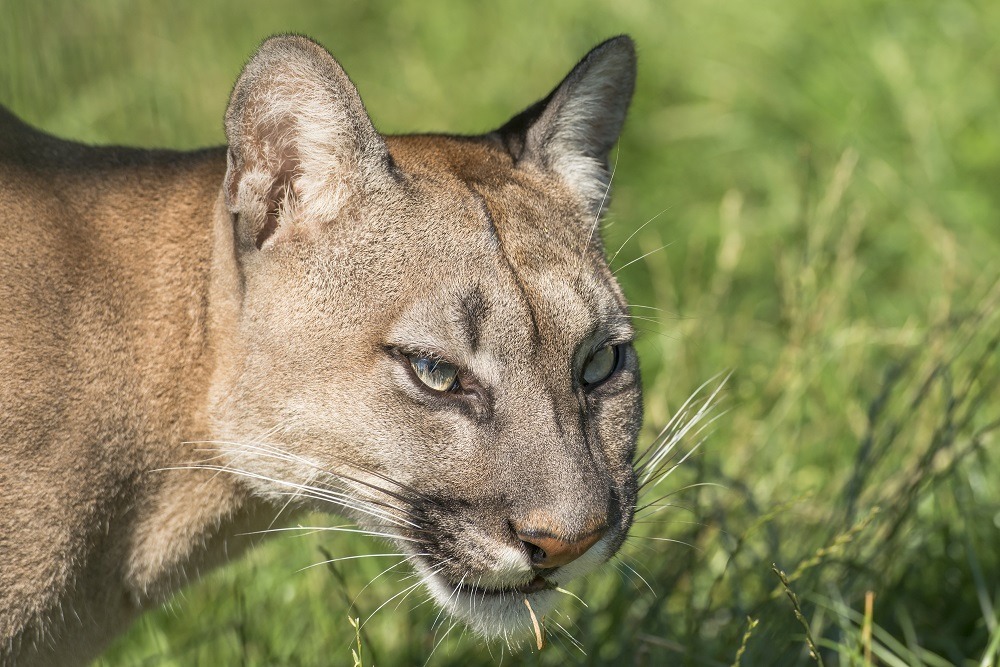
● Stop and stay calm
● Do NOT run or turn your back
● Back away and give the cougar space
● Use a loud, confident voice and make eye contact;, convince the cougar you are a threat
● Make yourself appear larger; i.e. raise arms overhead, open jacket wide and stand tall
● Put your bike between you and the cougar
● Throw objects if the cougar approaches; i.e. rocks, sticks.
● If attacked, fight back with anything available.
At the end of the day, British Columbia has a plethora of wildlife to discover and enjoy. With the robust types of wildlife you can see, there will be days of adventure in store for your next hiking trip down to Squamish.
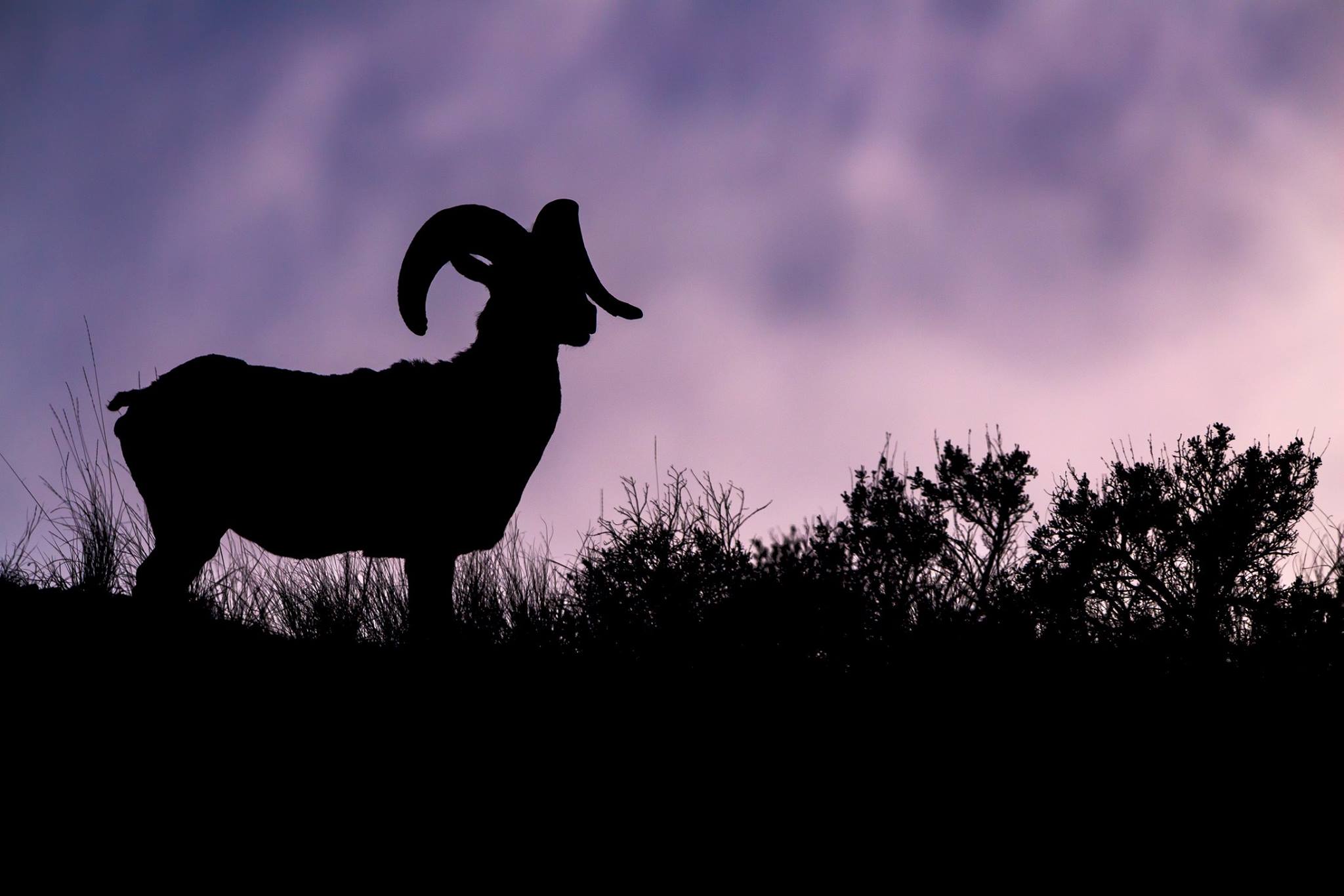
Mountain Goat Featured Image Courtesy of: ©Chris McKillican

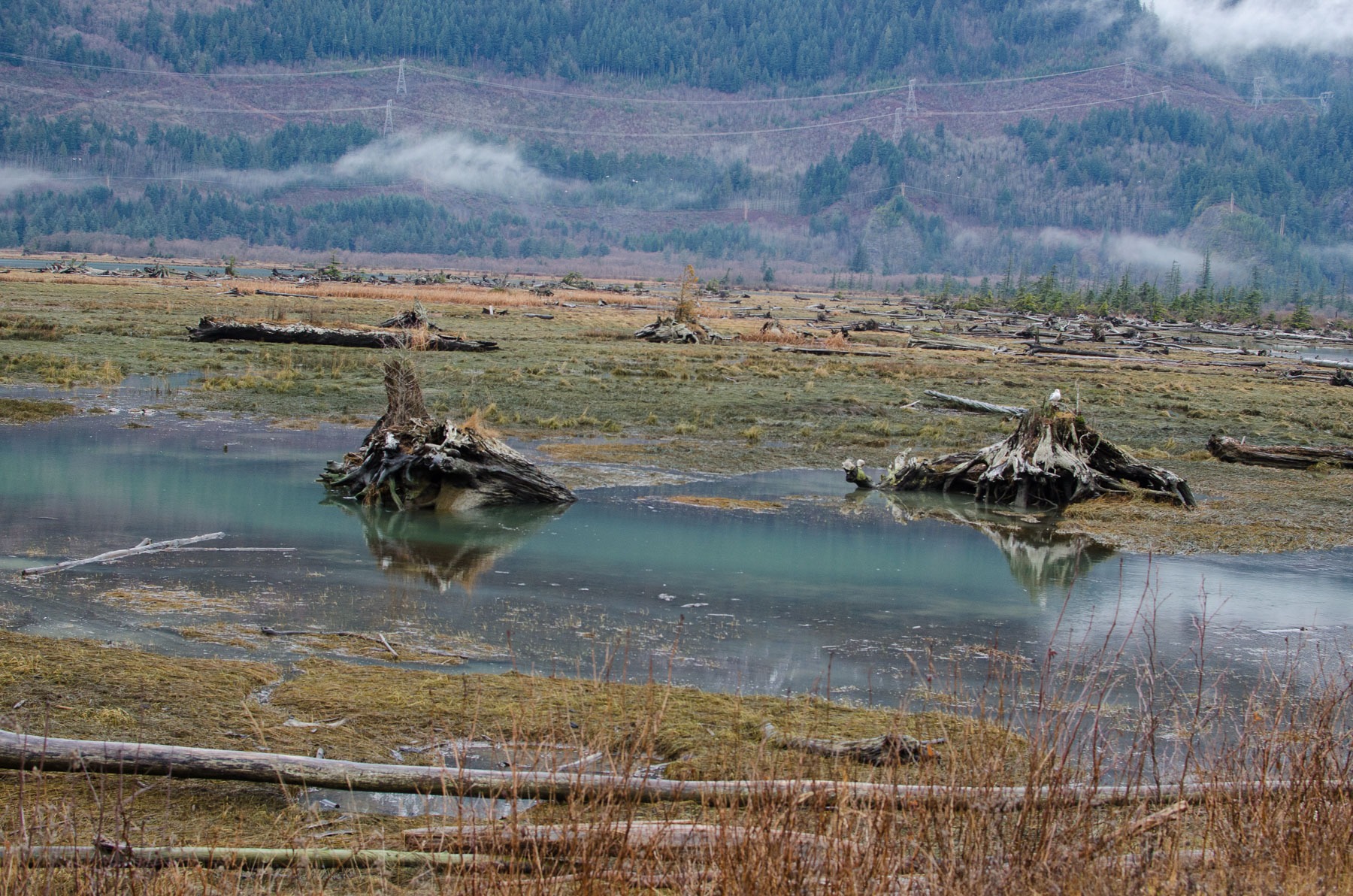
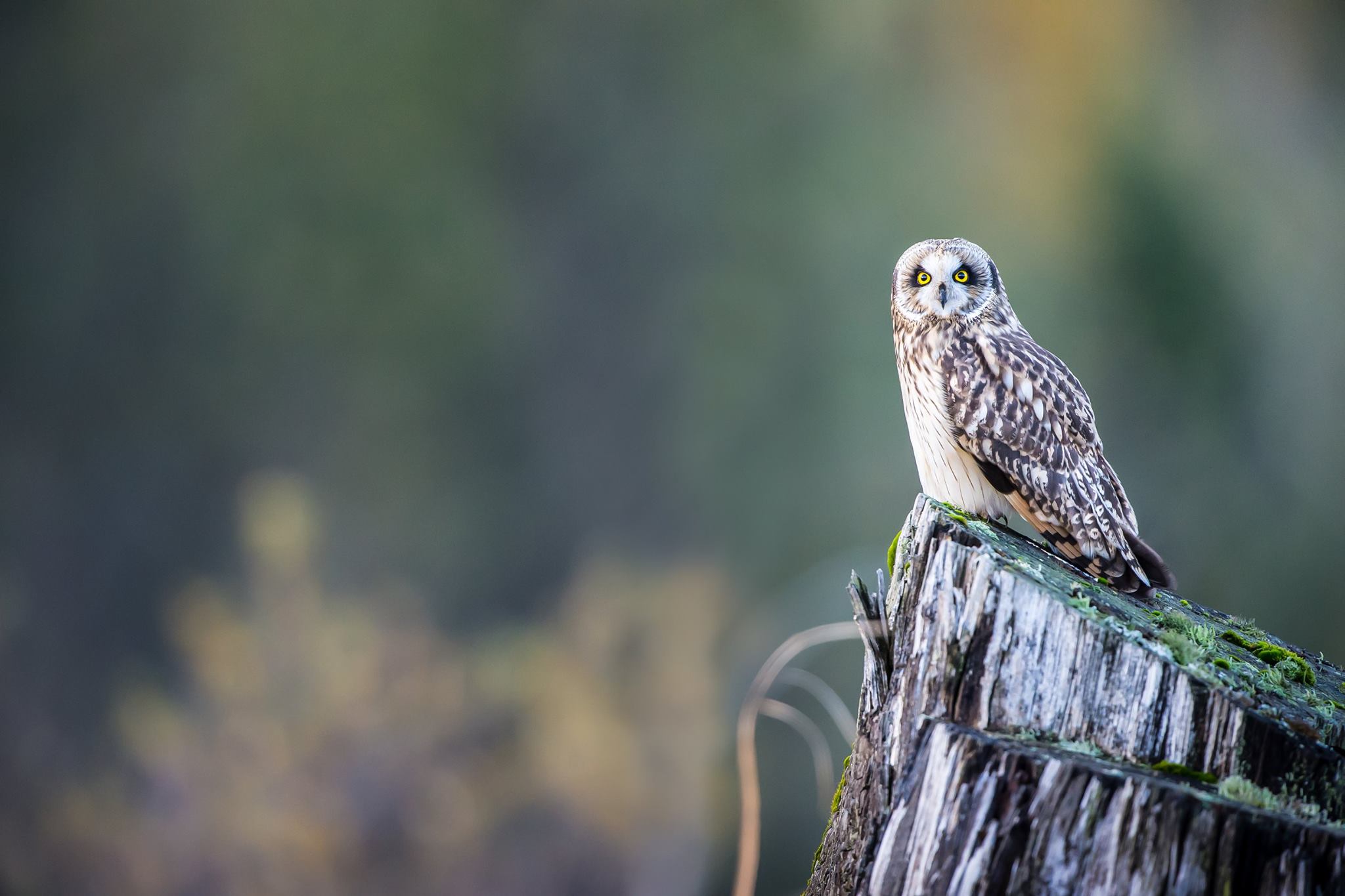

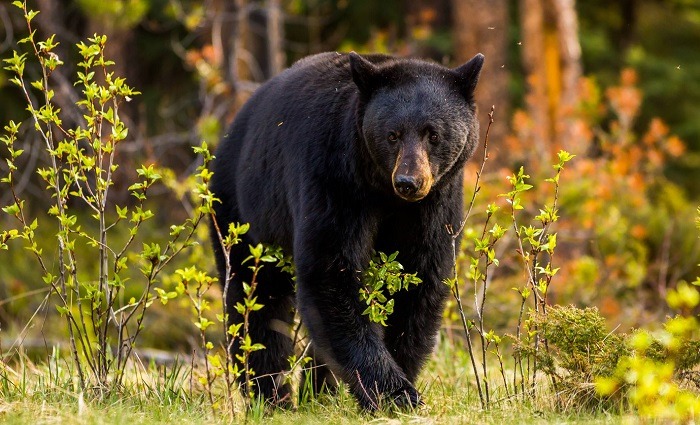

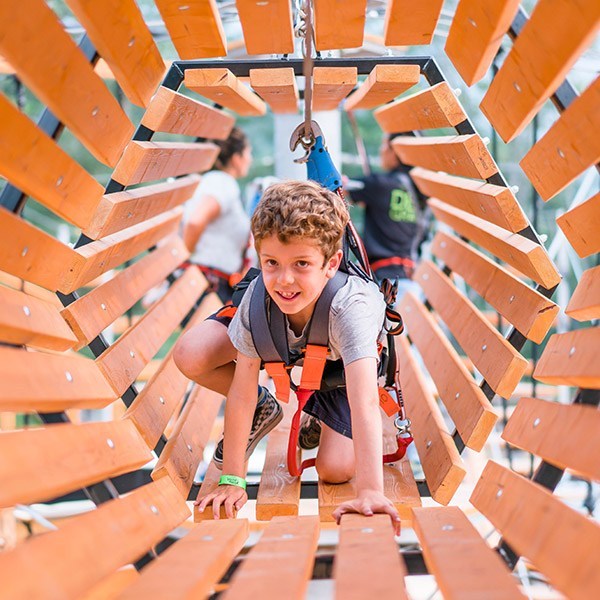


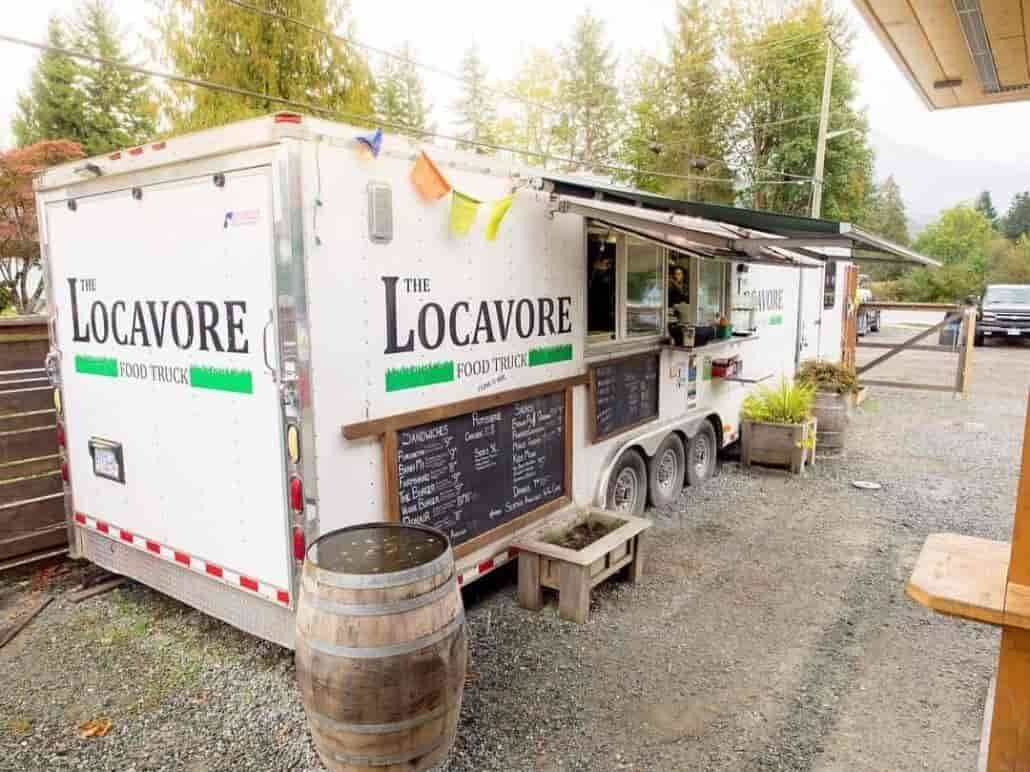


Leave a Reply
Want to join the discussion?Feel free to contribute!